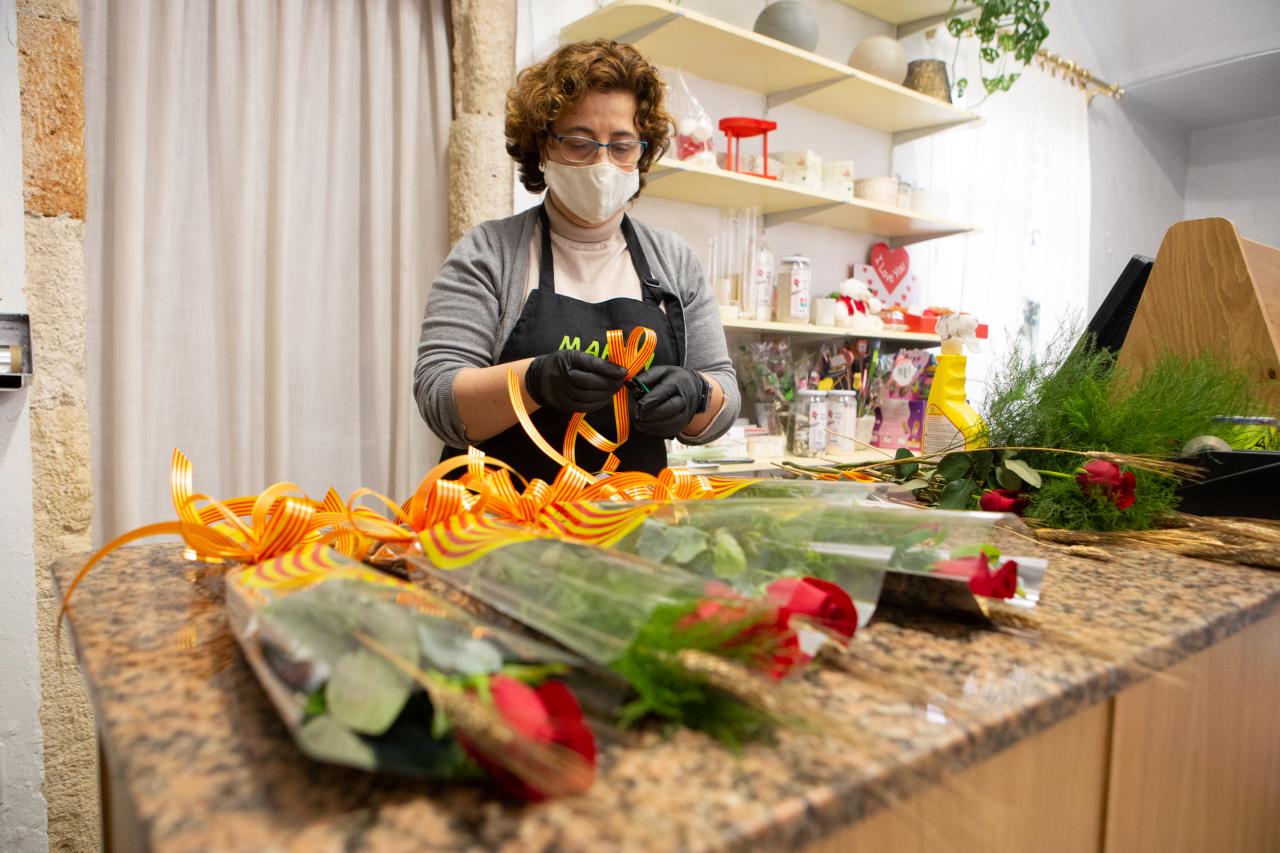By Dorothy Loeffler
A question has come to the fore this week that many of us frequently ask. This is concerning parasites, blemishes, all sorts of marks and spots, be they black, white grey or brown, they all come from something that gets onto our plants. The one mentioned today comes from Jill Carter who writes... One of my Jasmins has what looks like white spots on one or two stems and envelopes some leaves. All the new growth is doing very well. Shall I try to scrape some off? she asks, I have tried a vinegar mixture to no effect.

My first reply to that was to suggest cutting out the affected stems, Jasmin usually makes quite a lot of healthy new growth and as Jill has already mentioned the shrub is ‘doing very well’. So to sacrifice a couple of branches that have the white spots might just ‘nip it in the bud’ as the saying goes.
Our correpondance continues because Jill informs me that one area of the infection is on the main trunk which of course she does not want to cut back so is reverting to comments frequently made about the use of bi-carbonate of soda which seems to be used for cleaning all and sundry. One is told to mix it with water to a light consistancy and then with the aid of an old tooth brush tackle the problem.

Now we wait to see if this remedy works.
Many of us today are reluctant to use too many pesticides which may be poison in the long run where all the birds and bees that we do want in the garden are concerned. It is a conundrum that many of us are faced with and more so in this climate. If it does come to spraying with pesticides, never, never do it in full sunshine or the heat of the day. As good a time as any is after the sun has actually gone down. By that time all the bees will have returned to their hives and most birds will have gone to roost as well.

Another point to bare in mind, when the time comes around for frequent watering, never water when the sun is at its highest. To begin with a lot of the water evaporates in the heat of the sun before it can even get to the roots where it really needs to go.
Another point is that water sprinkled on foliage acts as a magnifying glass making the sun even more intense to the point that it almost boils so, water late in the day and in most cases wet the ground as apposed to spraying the whole plant. Here is where I have often suggested making that little gully to fill with water and direct it just where you want it to go. This all may seem a little pricipitus when this year we are still waiting for more rain to help water our newly planted vegetables and flowers.
Saint Georges Day
This coming week St Georges day is celebrated , April 23 when we were told that pruning Roses in time would mean that the Roses are in bloom as the flower of that Patron Saint of Catalonia. I admit that my very first flowers are in bloom so no matter what the weather, I do have a Rose or two.
Another flower I have which has been mentioned by Neville James-Davies, is a wild Orchid. This is the third year in a row that a wonderful bed of about 30 wild Orchids has just appeared from no where, I don’t know exacly which ones they are or where they have appeared from, neither are they in the exact same spot, just a few feet along one border where they were last year or the year before.
I frequenly mention the wild flowers in Mallorca that fill the fields with colour and here I have them in my own garden. Weld Gladioli are also coming into flower, no way can I cut the lawn when these wonderful flower spikes fill it with colour. A favourite field nearby that has been completely orange with wild Marigolds is now being taken ove with clumps of bright blue, wild Borage, so who needs a garden when we are surrounded with all the colour and wild flowers our Mediterranian climate provides .
Whilst on the subject of flowers, Marigolds are in fact what are considered as ‘companion plants’ with their strong fragrance (which cannot be called a perfume) and are frequently planted in the vegetable patch or flower borders to help keep some of the pests away who it seems do not like the smell of the Marigold.
This is a very easy annual to grow from seed so just sprinkle a little here and there, mix these tiny seeds with just a little fine sand in your hand which will help the seeds go further rather than all fall in one solid clump, that way there will be no need to transplant or thin them out and let nature do that little chore for you.

April 18, 2021 at 02:41PM
via Majorca Daily Bulletin News Feed read more...


0 Comentarios